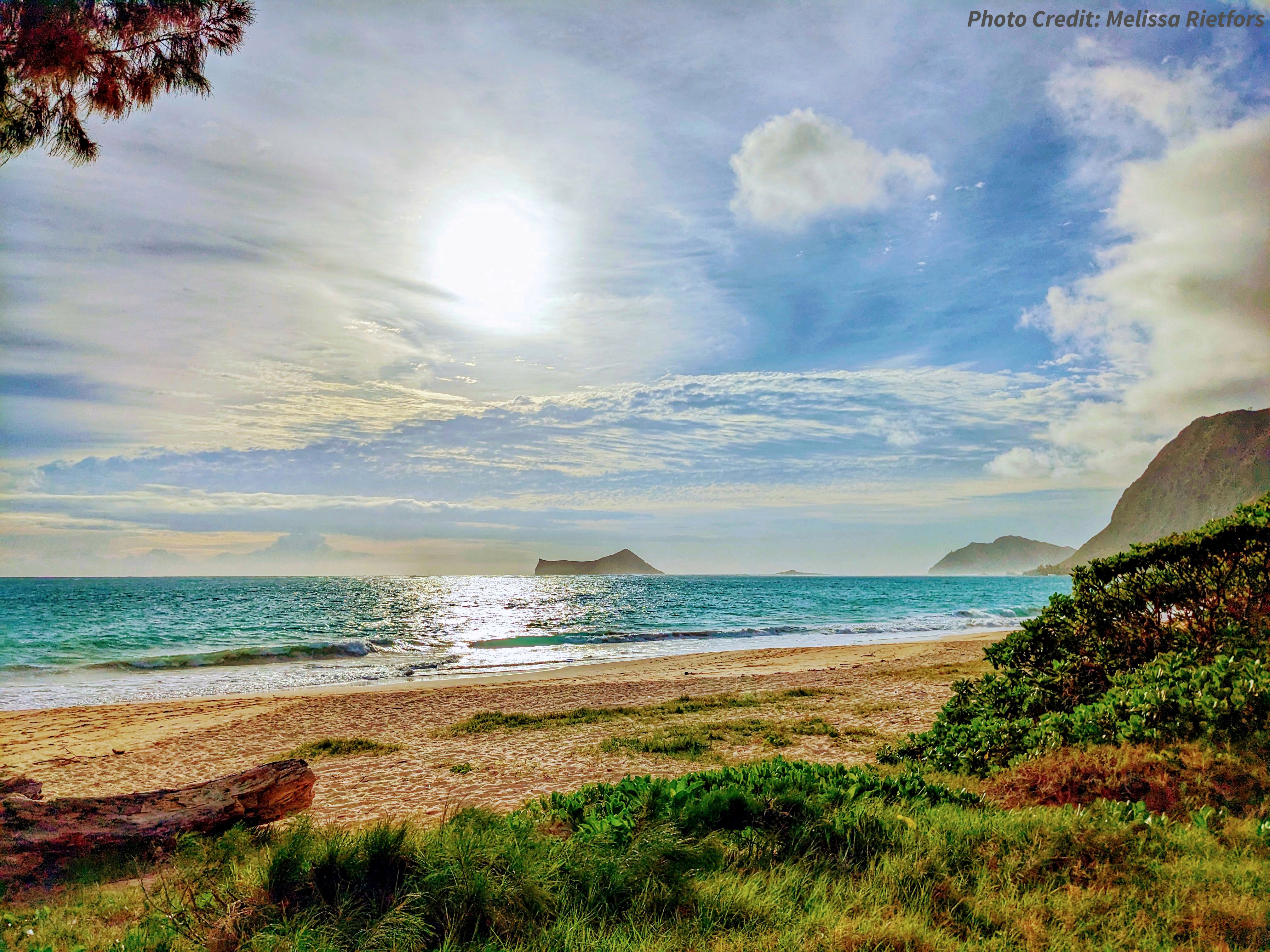States / Hawaii
Hawaii
Coastal Management
The focus is on managing coastal areas to increase resilience, with an emphasis on balancing environmental, economic, and human wellbeing. Mandated by the Coastal Zone Management Act and the Coral Reef Conservation Act, the federal programs designated for this task are the National Coastal Zone Management Program, the National Estuarine Research Reserve System, and the Coral Reef Conservation Program. These programs are administered, on the federal side, by NOAA’s Office for Coastal Management, in partnership with the coastal states.

State Programs
Coastal Zone Management
Hawaii Coastal Zone Management Program. Established in 1978, the program is led by the Hawaii Office of Planning.The coastal management program is a network of authorities and partnerships collectively implementing the objectives and policies of Hawaii’s coastal zone management statutes.The focus is on combining local expertise with western science and government to create a balanced approach to managing land and resources. The entire state of Hawaii falls within the coastal zone boundary.
Coral Reef Conservation Program
Division of Aquatic Resources. The primary agency responsible for coordinating Hawaii’s reef management efforts. The Coral Reef Working Group, made up of key state and federal partners involved in coral reef management, provides guidance. Actions include supporting critical planning efforts, community action, awareness-raising activities, scientific research with direct management applications, and on-the-ground management projects. Key outcomes include greater capacity to enforce coral reef protections and increased understanding of the key threats to reef ecosystems.
National Estuarine Research Reserves
He‘eia National Estuarine Research Reserve. Designated in 2017 and protecting 1,385 acres, this reserve stewards its coastal forest, wetlands, stream, estuary waters, and coral reefs using Indigenous (Native Hawaiian) values and practices. Its transdisciplinary research program is designed to understand the ecological foundations of Indigenous resource management; the results are leveraged into policy in the realms of conservation and sustainability. Habitats protected through Indigenous stewardship support endangered species, including the federally endangered Aeʻo (Hawaiian stilt), ʻAlae ʻula (Hawaiian moorhen), ʻAlae keʻokeʻo (Hawaiian coot), Koloa (Hawaiian duck), ʻŌpeʻapeʻa (Hawaiian hoary bat), and Honu (green sea turtle). (See handout)
Impact Stories
Stories that showcase the recent work of this state's coastal management efforts.
- Puapuaʻa Iki Habitat Restoration Project
- Building a Resilient Ala Wai Watershed through Green Infrastructure Designs
- Utilizing a Traditional Framework to Minimize Flooding in Maunalua Bay Watersheds, Hawai‘i
- Ola i ka Loʻi Wai (Life Through Indigenous Knowledge)
- ʻĀina Restoration through Community Governance to Advance Climate Resilience in the Hawaiian Islands
- Dune Restoration, Community Outreach, and Capacity-Building Project at Hanapēpē Salt Pond, Kaua‘i, Hawai‘i
- Floodplain Restoration and Waterbird Habitat Enhancement in Hanalei, Hawaii
- Restoring and Strengthening Resilience of Maui Nui Reefs
Additional Resources
*Fast Fact Sources:
People: American Community Survey Five-Year Estimates
Beaches and Estuaries: Shoreline Mileage of the United States
Employment and Economy:
Marine Economy for the Coastal U.S. States
Marine Economy for the U.S. Territories